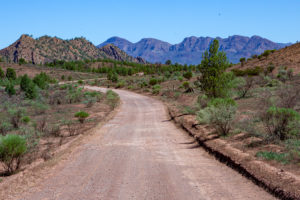
Wilpena Pound
Wilpena Pound, also known by its indigenous Adnyamathanha name of Ikara, meaning “meeting place”, is a natural amphitheatre of mountains located 429 kilometres north of Adelaide, South
Rotate to landscape to view slideshow
We say maybe, because the action of the wind and sea is shaping this coastline on the South West coast of Victoria all the time.
And the change can be dramatic as it was when a rock bridge known as London Bridge collapsed in January 1990 and left a number of tourists stranded on what is now, maybe, a new apostle.
This coastline is a major tourist attraction in the South West of Victoria, Australia. You can do it with a day trip from Melbourne, but to be honest, the area deserves more than just a quick selfie trip.
Make sure you stop off at Gibson Steps and walk down to sea level and along a reasonably safe beach (but watch the tide) to really appreciate the rock stacks that are up to 45 metres high.
Take time also to walk down the steps at the Loch Ard Gorge. Be amazed at the sheer size of the cliffs and the narrow opening out to the sea. In 1878, two survivors of the wreck of the Loch Ard sailing ship were swept through the narrow opening, onto the beach, and were eventually rescued.
And if you want to see the Twelve Apostles from a more heavenly viewpoint, take a helicopter ride.


Wilpena Pound, also known by its indigenous Adnyamathanha name of Ikara, meaning “meeting place”, is a natural amphitheatre of mountains located 429 kilometres north of Adelaide, South
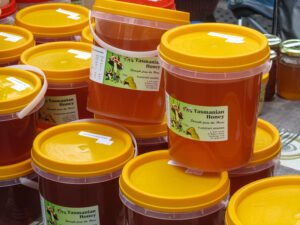
Hobart’s renowned open air market was established in 1972 so it’s coming up for its 50th Anniversary.
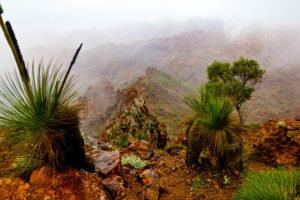
Well off the beaten track, Arkaroola Wilderness Area is situated in the rugged and spectacular Northern Flinders Ranges,in South Australia.
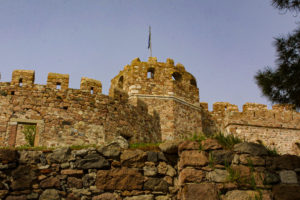
Mytilini, the capitol of Lesbos is situated on a harbour that is circled by shops, houses, restaurants, churches and a huge castle.
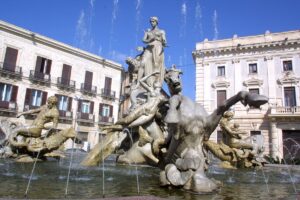
Ortigia – Syracusa’s Stunning Island The ancient island of Ortigia has many delights. The Fountain of Diana in the Archimedes Square on Ortigia Island. Syracusa
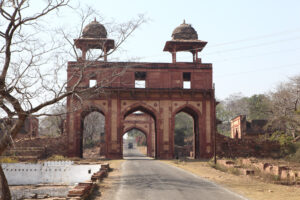
Built during the second half of the 16th century by the Emperor Akbar, Fatehpur Sikri was the capital of the Mughal Empire for only some 10 years. It’s a celebration of red sandstone.